Tyre pressures tips
The below information was adapted from: personal experience, people I have met, various websites and I also hope to include an information sheet from from the Pink Roadhouse, Oodnadatta by Adam Plate, .
I have found tyre pressure to be a very debateable topic. On a recent trip to the outback I spoke to many people that I met, and opinions varied from running as high a pressure as possible to running as low a pressure as possible.
I think the opinions that matter are from those that actually repair the tyres in the outback, like Adam Plate from the Pink Roadhouse (since passed away, a great loss to the outback) and Noel Perdon from the William Creek Hotel.
I did a tyre on my camper trailer which was replaced by Noel. I quizzed him on tyre pressure and he basically agreed with Adam. Lower your tyre pressure when on outback dirt roads. He said that he had just talked to one traveller towing a caravan with all tyres at high pressure and they had done 4 tyres in quick succession. I met another traveller at Coward Springs that had done 3 tyres in about 100ks, again high tyre pressures. One note on caravan and camper tyres, it is very hard to tell when a tyre goes flat. Not sure of the solution, but just keep your eyes and ears tuned to what you are towing, or perhaps fit tyre pressure detectors in the tyres. When I did the tyre on my camper. I had no idea the tyre was flat. It was not discovered until I stopped to open a gate; hence the tyre was completely ruined.
The above photo gives you an idea of what happens when you go out without a couple of spares. The driver of this vehicle had to drive only about 30ks back to his Station. On the way he had to stop to cut the shredded tyres off with a pocket knife, no easy job. He succeeded in stabbing himself in the leg. Things could have been much worse if he had to travel further.
I hope the below information is of some help to outback travellers.
Tyre pressures, footprint method
There are many proponents of the bulge or footprint method as this method takes in variables such as tyre construction and load. You measure the footprint or contact length from the front to the back of the tyre (not the actual bulge). On bitchumen and hard surfaces the length should be around 180mm, corrugated dirt roads 220 to 250mm, loose sand 300mm and if you really get into a tough spot up to 400mm and be very careful. As a general rule if you reduce the pressure you reduce your speed, i.e. if you reduce the pressure by 20% drop you speed by 20%, say from 100 kph to 80 kph. These measurements are based on 15" to 17" tyres, I would suggest that you need to do your homework first. In sand minimise your steering movements or you may roll a tyre off the rim.
Tyre pressures for dirt roads
The below are suggested tyre pressures for dirt roads such as the Oodnatta Track and travelling at higher speeds on tubeless tyres 12" - 17". By higher speeds, I mean not above 85k's, better to get there a bit late than not at all. Tyres should be set to match the bulge front and back (see above). I would avoid split rims if at all possible, poor performance and reliability. Be careful with low profile tyres at low pressure as the sidewalls may be damaged by rocks. I would also avoid air bags as they can increase tyre damage and there are lots of examples of dual cabs with air bags bending the chassis when towing heavy off road campers. It is also a good idea to always travel in 4WD when on dirt roads. Below are estimates only, as a general rule keep the pressures low. Remember to up the pressure when you are back on smooth roads and the bitchumen.
 |
 |
| Big 4WD unladen: front 24psi, back 24psi. | Big 4WD loaded: front 20-24psi, back 26-30psi. |
 |
 |
| 2WD van: front 30psi, back 36psi. | Bush camper 4x4: front 30psi, back 36psi. |
 |
 |
| Subaru or similar: front 25psi, back 28psi. | Camper: 15" front 20psi, back 26psi. 16" front 26psi, back 36psi. |
 |
 |
| 2WD sedan: front 26psi, back 30psi. | Camper trailer: 20-30psi. |
